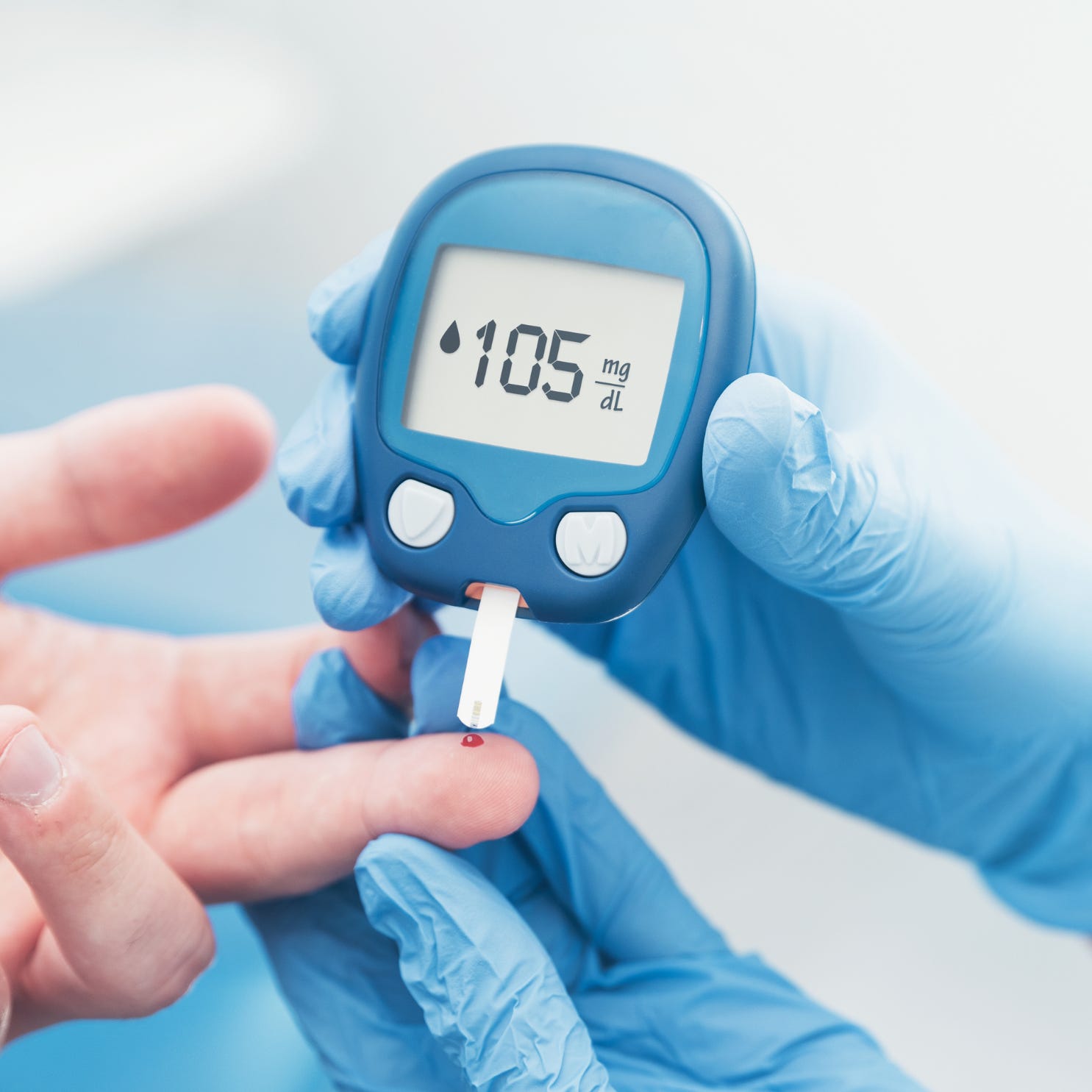Screening for Fetal Chromosomal Abnormalities
Description
Pairs well with the 2021 Russian River Pinot Noir Davis Family Vineyards
Five Pearls
1. Cell-free DNA screening has the best sensitivity and specificity of all screening methods. But before you order it, it's best to get a prenatal ultrasound
2. Best non-cell-free screening modality is the sequential integrated serum screen (1st-tri serum + NT ultrasound + 2nd-tri serum)
3. Formal anatomy survey should be offered at 18 - 22 wga; can identify soft markers for T21 and T18
4. Prenatal genetic screening should be offered to all pregnant women regardless of risk profile
5. Anything that doesn't add up, it's best to just refer to a genetics counselor or even your friendly MFM for clarification.
The (very) Basics of DNA and Reproduction
* apart from RBCs and cornified cells of your skin, hair, and nails, every one of your body's cells has a nucleus
* gametes (sperm or ova) are haploid, meaning their nuclei contain 23 chromosome
* somatic cells are diploid, meaning their nuclei contain 23 pairs of chromosomes (46 chromosomes total)
* when a sperm meets an ovum, magic happens!
* the sperm fertilizes the egg to create a zygote: the 23 chromosomes of the sperm combine with the 23 chromosomes of the ovum
* for the next 24 hrs, the zygote undergoes rapid, mitotic division ("cleavage"); after about 100 cells have been formed, it's called a blastula
* the total mass of the original zygote has not changed, it has merely divided, and each individual cell is called a blastomere
* the blastula consists of a spherical layer of cells called the blastoderm surrounding a yolk-filled cavity called a blastocoel.
* in mammals, the blastoderm arranges itself into an inner and outer layer of cells, the embryoblast and trophoblast, respectively. The former will go on to form the fetus, the latter the placenta.
Illustration credited to Libretexts.org (click image for source)
* the embryoblast undergoes gastrulation, where it rearranges itself into three germ layers: endoderm, mesoderm, and ectoderm, and the fetus gradually develops from here
* any chromosomal defect - whether parts missing, extra copies, or missing copies - can lead to abnormalities in the development of the fetus
Illustration credited to Libretexts.org (click image for source)
Epidemiology of chromosomal abnormalities
* chromosomal abnormalities are found in 1-in-150 pregnancies
* they are more common in the 1st trimester (aneuploidies are the most common reason for early pregnancy loss)
* incidence of aneuploidies increases proportionately with maternal age and presence of a paternal chromosomal abnormality or translocation
* Trisomy 21 (Down syndrome) is the most common chromosomal aneuploidy among live infants (1-in-700 live births)
* although risk of aneuploidies correlates w/ maternal age, most T21 kids are born to young women because overall, young women have more children than older women
* Trisomy 18 (Edward syndrome) is the 2nd most common (1-in-3000)
* Trisomy 13 (Patau syndrome) is the 3rd most common (1-in-6000)
* the most common sex chromosome aneuploidy is 47, XXY (Klinefelter syndrome), which is seen in 1-in-500 males
* the only viable monosomy is 45, X (Turner syndrome), which is seen in 1-in-2500 females and is unrelated to maternal age
* unlike aneuploidies, copy number variants are independent of maternal age
* a copy number variation is a type of duplication or deletion event that affects a considerable number of base pairs within a chromosome; it can be detected on microarray
* in pregnancies where the mom is age 36 or less, microarray abnormalities are more common than aneuploidies
* prenatal genetic screening should be offered to all pregnant women
* if a screen is positive, diagnostic testing should be offered
Single time point screening approaches
Cell-free DNA screening
* can be used as early as 9-10 wga
* can detect sex of fetus
* genetic material is found in maternal circulation
* derived from placental trophoblasts
* in pregnancy, of the cell-free DNA found in maternal circulation, 3-13% is fetal in origin (increases as pregnancy advances)
* most sensitive and specific for common aneuploidies
* sex chromosome results for patients who have undergone organ transplant will be affected by the sex of the organ donor so not recommended for these patients
* overall best screen: 98-99% sensitivity for T21, T18, T13; 0.13% combined false positive rate (also extremely low false negative rate)
* before you send a cell-free DNA screening, best to get a prenatal ultrasound to (1) confirm dating, (2) detect obvious fetal anomaly, (3) detect presence of multi-gestation pregnancy, and (4) confirm viability, any of which can influence cell-free DNA screening results
* if the final result is: "no result reportable" or "results uninterpretable", the pregnancy is at higher risk for chromosomal abnormalities
* can detect some microdeletions, less common aneuploidies like T16 and T22, and large copy changes but false positive rates haven't been established (if any of these are detected, refer for diagnostics)
* lower PPV rate in younger patients given that fetal chromosomal abnormalities are less prevalent in younger patients (Table 3)
First-trimester screening
Credit to The Fetal Medicine Foundation
* most accurate at 10 - 14 wga (38 - 84 mm CRL)
* includes nuchal translucency (NT) ultrasound and serum biomarkers (PAPP-A, and hCG)
* PAPP-A = pregnancy associated plasma protein A
* hCG = human chorionic gonadotropin
* these values are used in conjunction with maternal age, weight, race, number of fetuses, and history of aneuploidy to create a composite likelihood score of common trisomies (T21, T18, and T13) (see Table 2)
* NT ≥ 3mm is an independent risk factor for fetal aneuploidies and fetal cardiac defects
NT ultrasound alone
* NT alone detects 70% of aneuploidies
* adds nothing of use to cell-free DNA screening in a singleton gestation
* more on first-trimester ultrasound below
Fetal anatomic survey
* offered at 18 - 22 wga
* full head to toe ultrasound assessment of the fetal anatomy
* offered to all patients regardless of decisions around 1st or 2nd trimester screening
* can identify soft markers for T21 (echogenic intracardiac focus, thickened nuchal fold, renal pelvis dilation, and echogenic bowel) and T18 (choroid plexus cysts)
* T18 and T13 are likely going to have major structural anomalies notable on ultrasound; 27% of T21 fetuses will have major anomalies
Second-trimester screening
* "Quad screen": hCG, dimeric inhibin A (DIA), unconjugated estriol (ue3), and alpha fetoprotein (AFP)
* offered b/w 15 - 22w6d
* composite score (along w/ maternal data) provides likelihood for T21, T18, and neural tube defects (see Table 2)
* some labs offer a triple screen (quad screen without inhibin), but it's not as effective and more costly than the quad so don't bother
Combined first- and second-trimester screening
* combines first-trimester serum screening, NT ultrasound, and second-trimester serum screening, which improves overall accuracy and detection rates (see Table 2)
Integrated screening
* first-trimester serum screen, NT ultrasound, and second-trimester serum screen performed and a final score is given at the end
* if NT ultrasound not available, lower detection rate than if NT ultrasound were included, but similar detection rate of first trimester screening
Sequential and contingent screening
* same as integrated, but a score is given after the first-trimester screening so that diagnostics can be provided earlier rather than waiting until after second-trimester screening if risk of aneuploidy or neural tube defect is sufficiently high to warrant further investigation
* diagnostics would consist of CVS or amniocentesis depending on timing, though often preceded by cell-free DNA screening
How should women be counseled about the risk for fetal chromosomal abnormalities?
* use Table 1 to give your patient information about their risk of fetal chromosomal abnormalities based on age, history of prior pregnancies affected by fetal chromosomal abnormalities, and their personal and family genetic history
* review all screening methods
* don't do both cell-free DNA screening and integrated/sequential scree





















